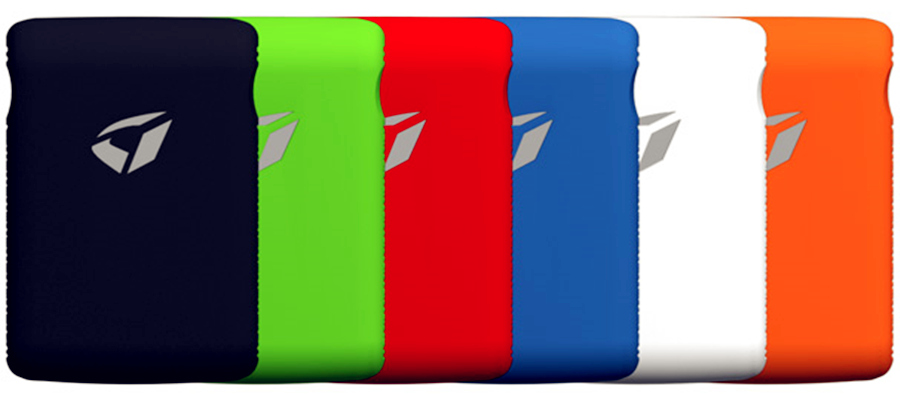How Does RFID Technology Work?
On the surface, RFID technology most resembles a merchandise barcode and barcode scanner. But unlike barcode technology, RFID operates through radio waves and consists of three parts: an RFID tag, an RFID reader and a scanning antenna. These RFID tags (sometimes referred to as chips), which contain a circuit and antenna, are embedded in the plastic of your credit or debit card and transmit data to the RFID reader. The reader interprets the radio waves into some of the same data that’s stored on the RFID chip.
How Do Thieves Get Your RFID Information?
RFID readers, also called transceivers or interrogators, are surprisingly affordable and easy to purchase. All a thief needs to do is to have an RFID reader in his coat pocket, purse or backpack and come within inches of you in order to read your credit card’s RFID chip in just a few seconds. So, any crowded area is fair or, in this case, unfair, game. Once a thief’s reader has captured your RFID data, which could include your name, credit card number, expiration date, security code and other personal information associated with your credit card, he can easily upload it onto his computer. RFID technology is also used in passports, employee badges, some driver’s licenses and other identification cards.
While early RFID embedded credit and debit cards transmitted enough personal information for a thief to potentially make a clone card, most banks and credit card companies now say they’ve put measures in place to keep a thief from robbing you blind. Nearly all cards now automatically change their internal security code after one purchase. So, even if a thief got enough information to successfully use your card number, he or she could only make one purchase. Still, it’s an unsettling thought that any of your personal information could be transmitted without your knowledge.
What is RFID Blocking?
How can you protect yourself from RFID theft? There are a number of RFID-blocking products on the market, including RFID wallets, sleeves and pouches. Some of these products incorporate foil and other metals to block radio transmission. Experts say your best bet is a Faraday cage , which is a mesh-like metal sleeve that filters most electromagnetic frequencies. They also recommend you look for an RFID wallet that’s electromagnetically opaque.
Do RFID Wallets Really Work?
Not entirely, say experts, and some are better than others. Consumer Reports participated in a RFID wallets and shield testing experiment with security experts and found that, out of the 10 products tested, none completely blocked out the radio transmissions from RFID chips. Furthermore, they found a huge disparity between brands — and even between products made by the same manufacturers. They even tested a homemade shield made solely out of duct tape and aluminum foil, and it offered more protection for RFID smart card than 8 of the 10 products commercially sold.







